By Mary Dixon, Yanlin Wang and Guodong Liu
At the 2019 Florida Ag Expo, visitors gathered at the Gulf Coast Research and Education Center (GCREC) for a trade show and field tour. Students and faculty from the University of Florida (UF) set up an Asian vegetable display that was visited by approximately 75 growers, educators, students and Extensions agents. Visitors conversed with students, read a flyer, took an identification quiz and watched a cooking video featuring Asian vegetables. They also had the opportunity to speak with UF associate professor Guodong Liu, who has dedicated much of his time toward exploring how to grow Asian vegetables.
Yanlin Wang, a UF graduate student, presented research on nutrition of Asian vegetables. She determined optimal fertilization of conventional luffa and long bean to be 150 and 200 pounds per acre of ammonium nitrate, respectively. Luffa was on display as well as nine other vegetables.
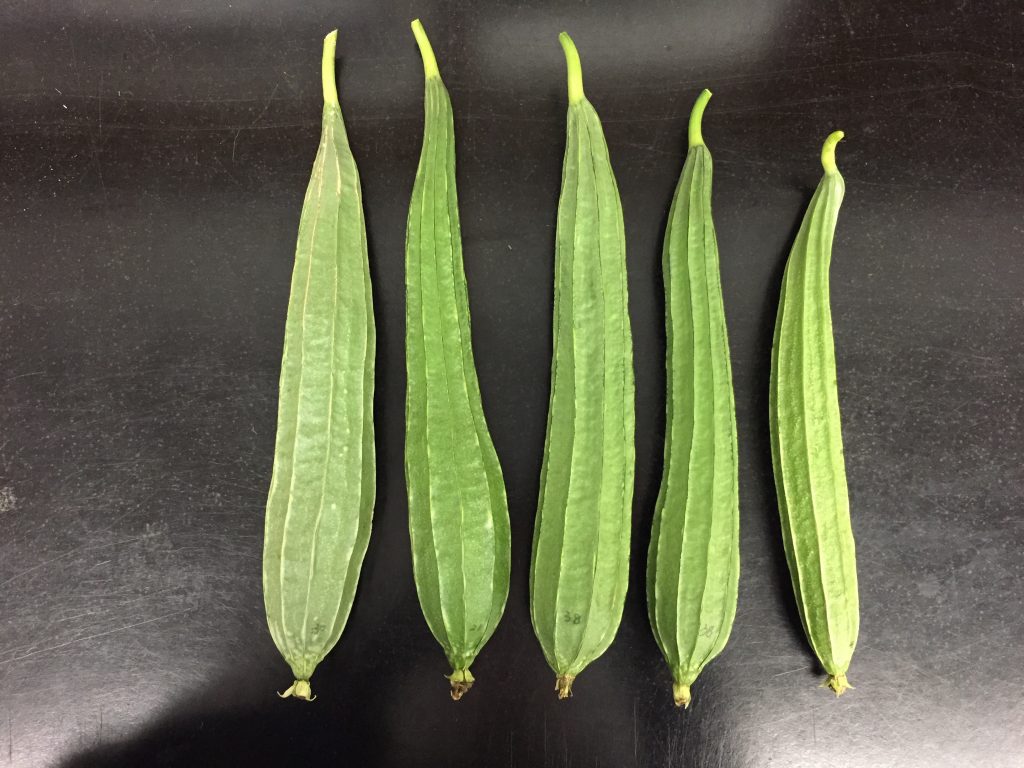
Luffa grows well in Florida because of the heat and moisture (Herklot, 1972; Purseglove, 1968). The two typically grown species are smooth (Luffa aegyptiaca) and ridged (Luffa acutangular). Mature fruit can be made into a fibrous sponge, and immature fruit are rich in minerals (phosphorus and potassium) and vitamins A and C (U.S. Department of Agriculture-Agricultural Research Service). The young leaves, flowers and buds can be eaten (Xie et al., 2016). Luffa has been used medicinally to treat diabetes and reduce risk of heart disease (Schilling et al., 1981).
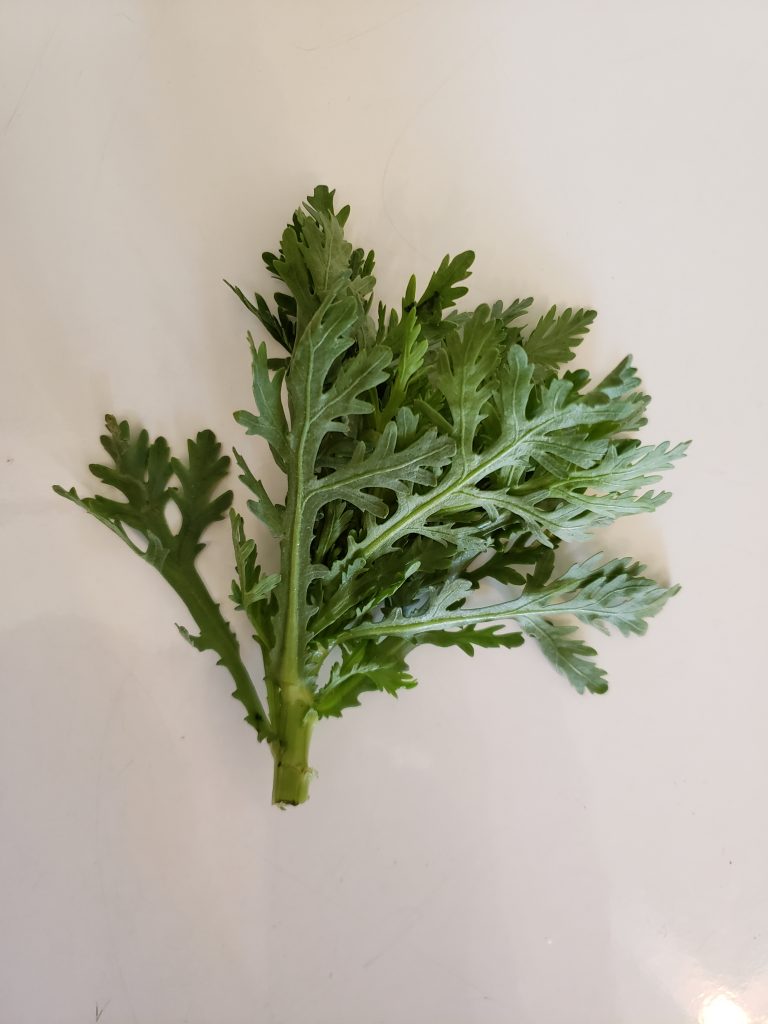
Tong hao is an annual that grows highly branched foliage. It is slightly aromatic and has high quantities of beta carotene and antioxidants. It can be used culinarily, ornamentally or as green manure.
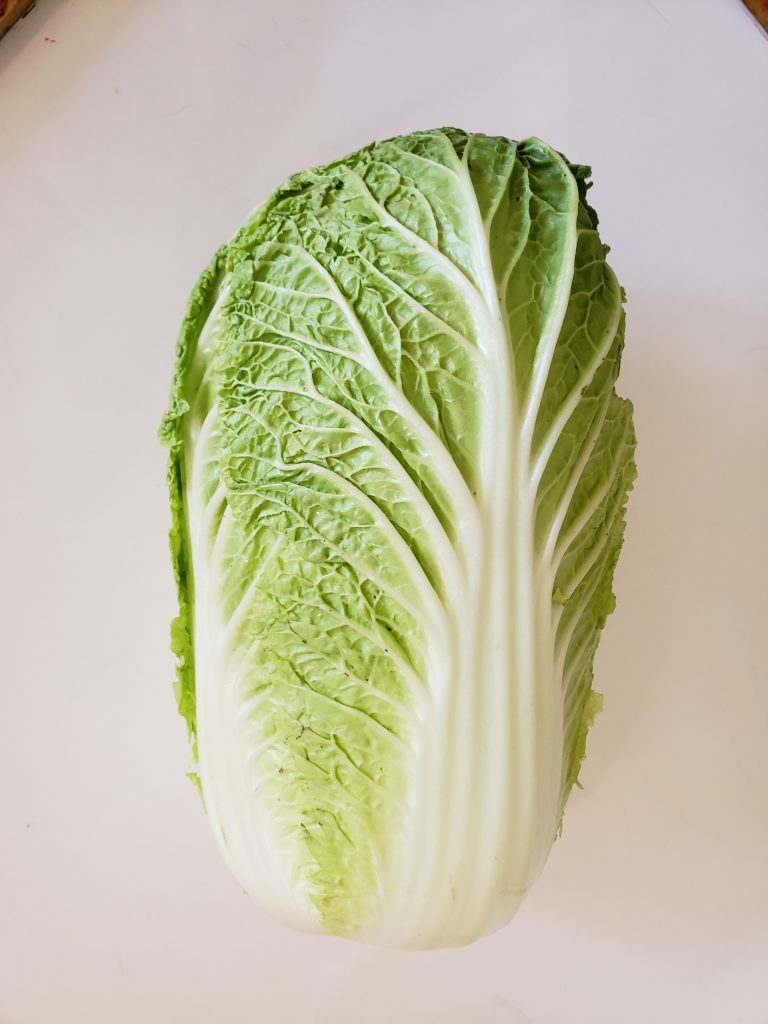
Nappa cabbage is a mild elongated Chinese cabbage also known as wong bok (meaning yellow white) because of its typical yellow heart. It is an incredibly healthy vegetable that is an excellent source of folic acid, vitamins (A and B) and calcium (Mendes de Lira et al., 2015).
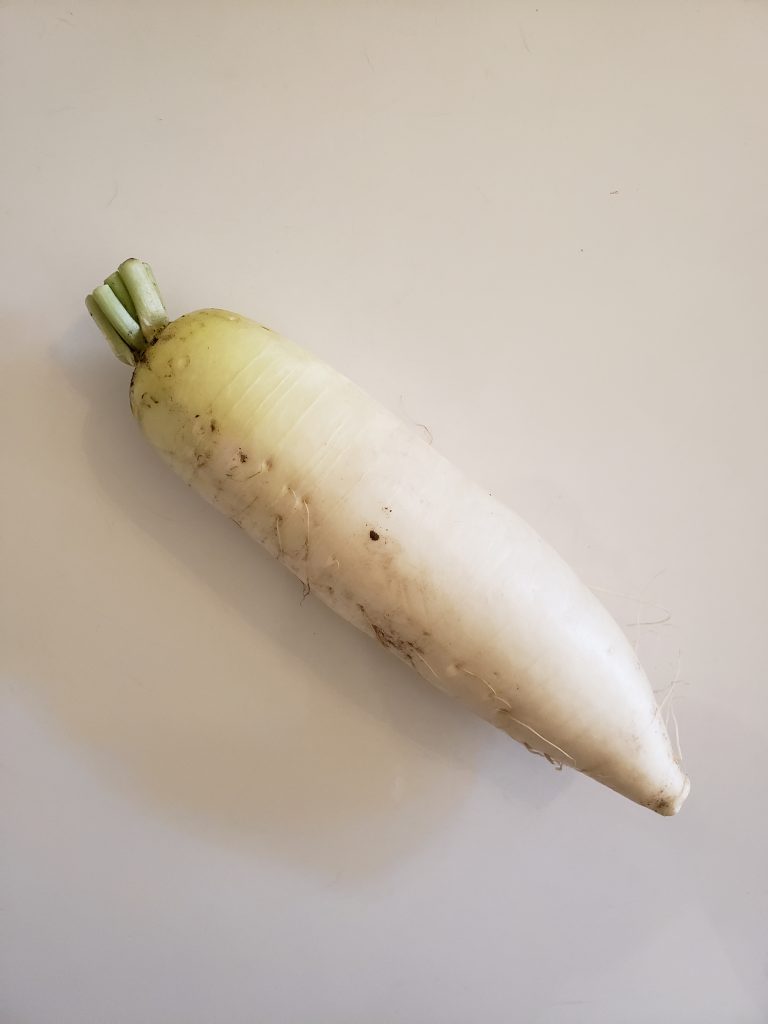
Daikon radish is a mild Japanese radish with diuretic properties. Daikon radish forms a large taproot and dense foliage which may help reduce weed pressure. It decomposes quickly, releases nutrients and opens channels in the soil from decomposing roots, indicating cover crop potential (Gruver et al., 2016; Weil et al., 2009).
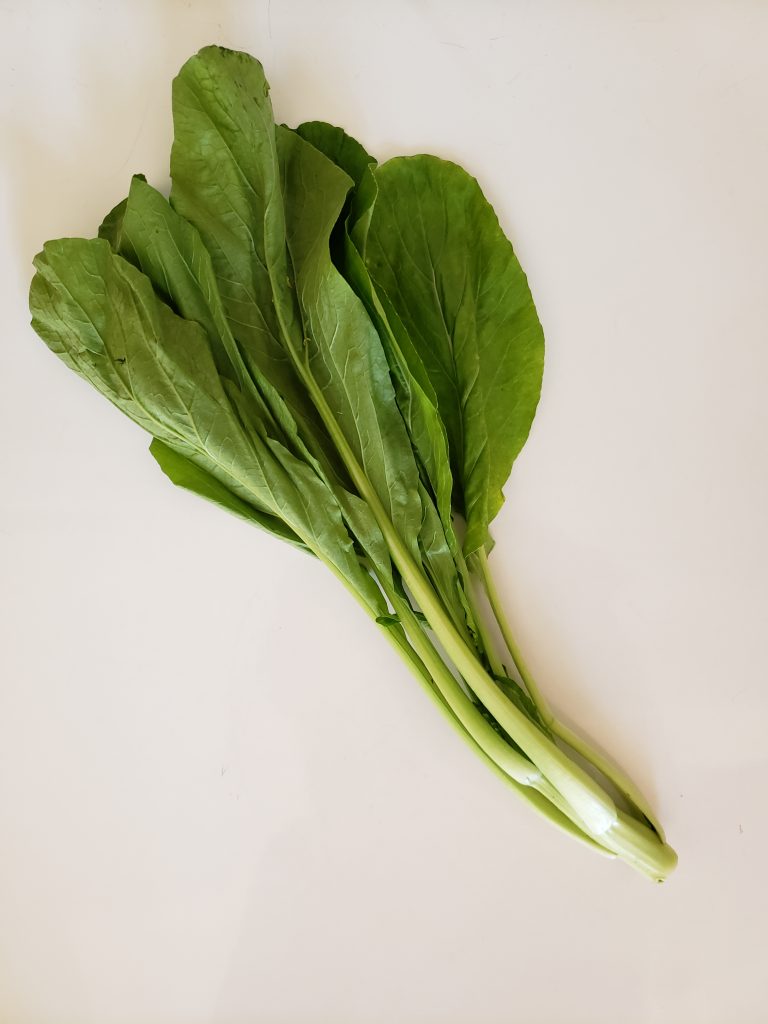
Yu choy is a cool-season leafy annual with slender, pale green stems. It is typically harvested after one month, but harvest time may vary. Yu choy has high concentrations of antioxidants and mineral nutrients (Kamarudin, 2012). The leaves, stems and flowers are all edible and taste peppery and sweet.
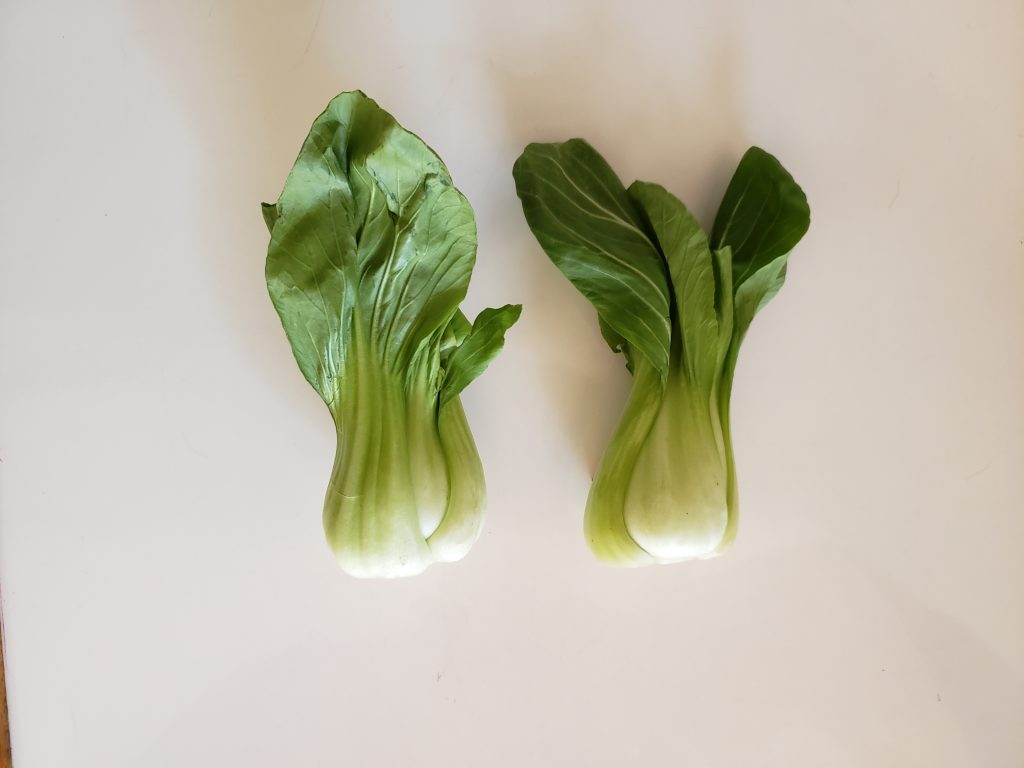
Shanghai bok choy has a light-green stem with smooth, spoon-shaped leaves. This crop can be grown in most parts of Florida year-round (Stephens, 1994). Harvest typically occurs after 30 to 45 days, and bitterness may develop if left in the soil too long (Tay and Toxopeus, 2016).
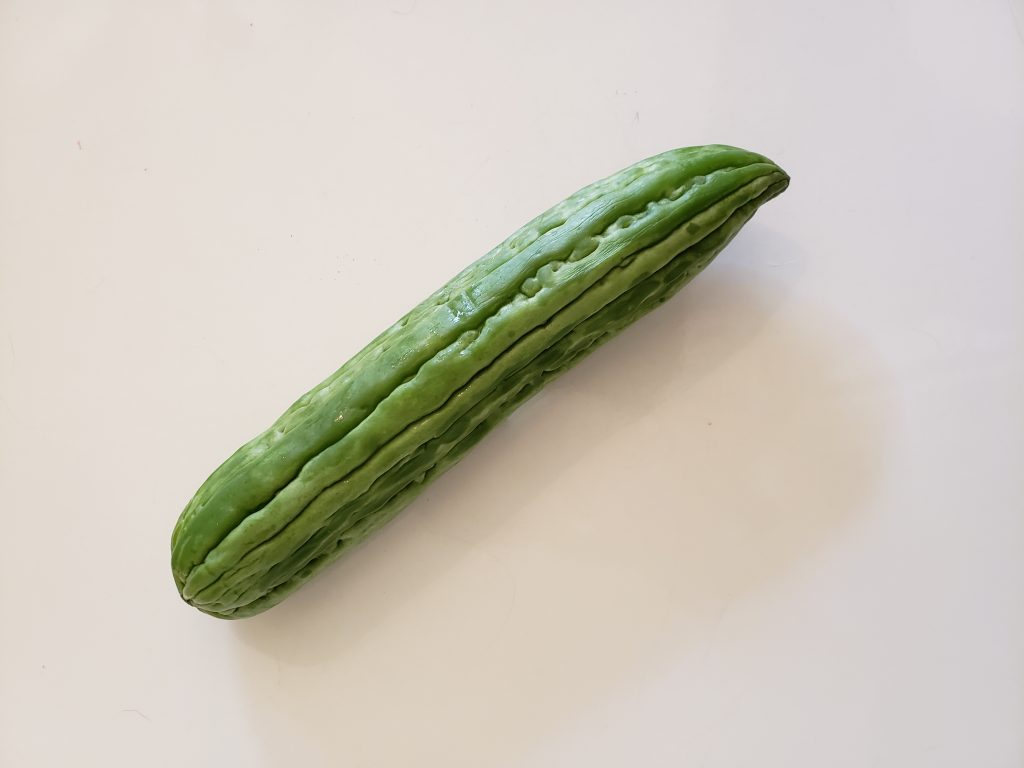
Bitter melon is a vine from south Asia that has spread through the tropics and subtropics (Hossain et al., 2006). It grows rapidly, so trellis-support is recommended. Immature fruit tastes pleasantly bitter and is an excellent source of vitamins (A, B and C) and minerals (calcium, phosphorus, potassium and iron). Chinese bitter melon tends to be smoother and less bitter than Indian bitter melon. Bitter melon also has medicinal benefits like lowering blood sugar (Zhang et al., 2018).

Kabocha is a winter squash that grows best in well-drained soil with organic matter (Liu et al., 2017; Purdue Extension, 2014). The yellow-orange flesh is sweet, starchy and firmer than common pumpkin. The seeds can be roasted and taste like pumpkin seeds.
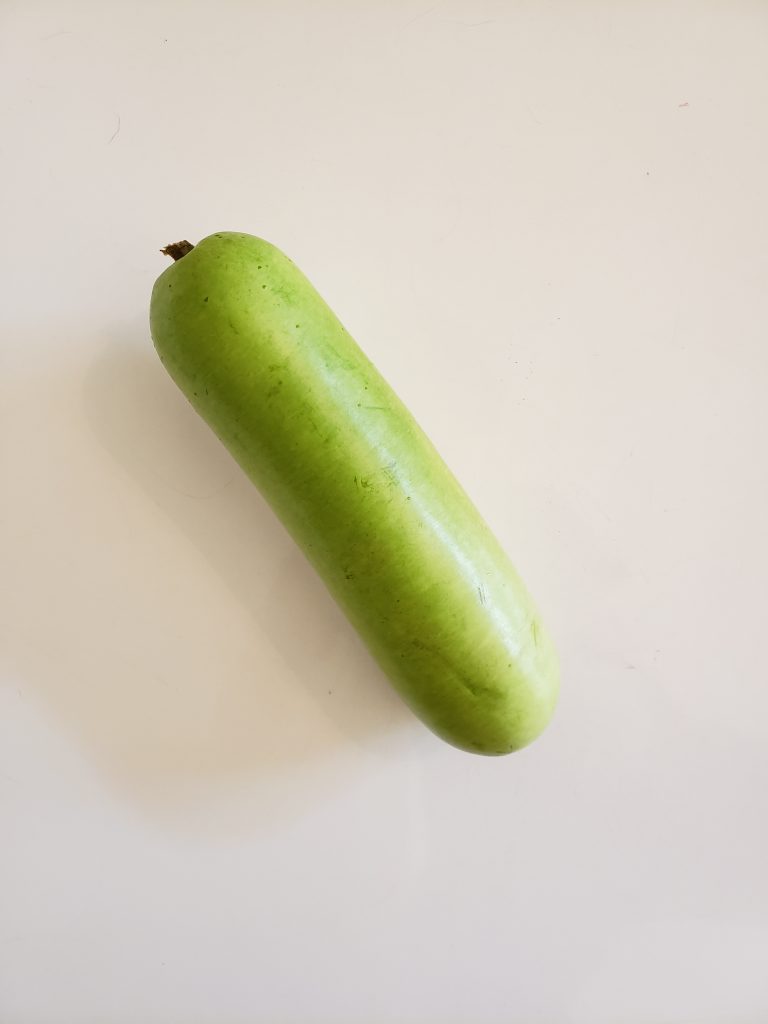
Long squash is an herbaceous vine that needs trellis support. Long squash is a good source of vitamin C and potassium and has anti-inflammatory and cardioprotective effects. While not edible, the mature fruit can be used as containers, musical instruments or fishing floats.
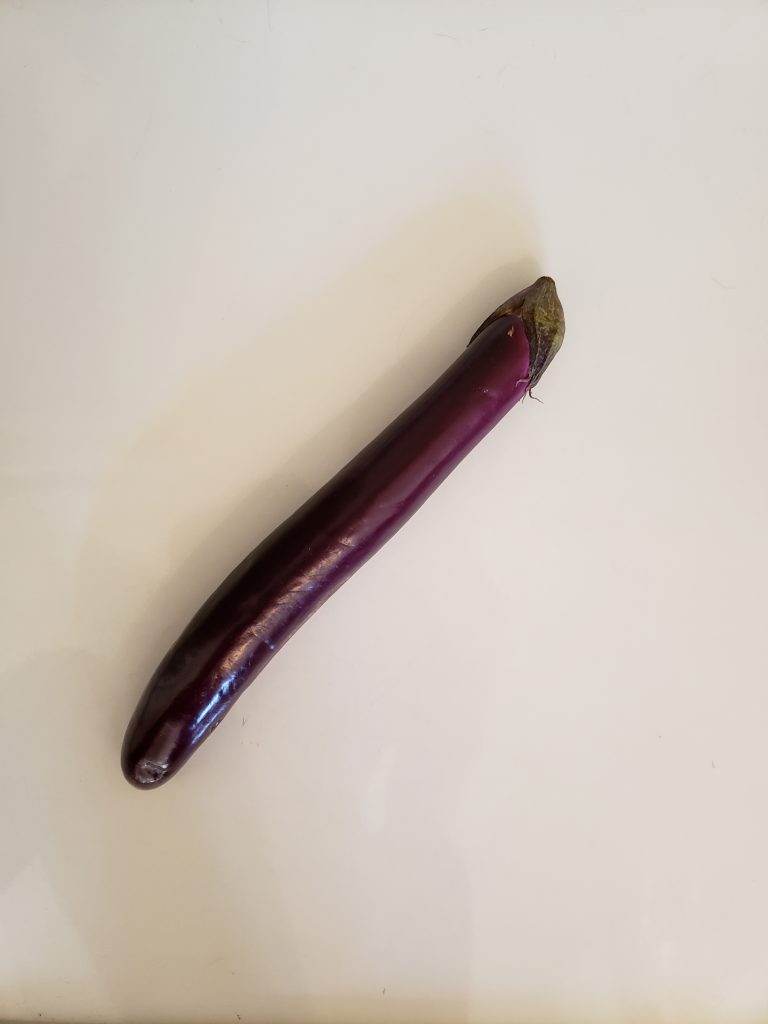
Chinese eggplant is a perennial typically grown as an annual. It is long and has thin skin and few seeds. Chinese eggplant has been used medicinally for its antioxidant properties and for symptom reduction of toothaches, sores and intestinal disorders (Moore, 2007).
Asian vegetables grow well in Florida and have high market potential. John Sykes, a potato farmer with more than 1,000 acres of land, now grows Asian vegetables. He sees a market for them throughout the United States and in Canada.
Asian vegetable cultivation may be a novel and profitable experience. To learn more, search the UF Institute of Food and Agricultural Sciences Electronic Data Information Source website (https://edis.ifas.ufl.edu/) or visit https://hos.ifas.ufl.edu/people/on-campus-faculty/guodong-david-liu/how-to-grow-asian-vegetables/.









